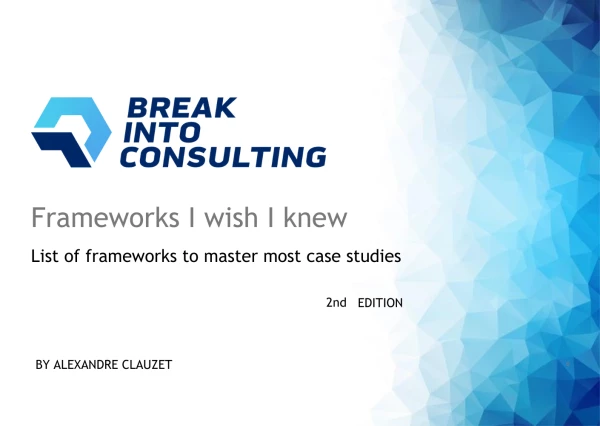Hi Guys, I have a case to work where it goal is to develop a freemium model for a SaaS product & one has to decide which features should be "free" & "premium"
What kind of MECE structure/framework can one use to decide the feature in "Free" & "paid"?
I have tried to brainstorm on this but reached a dead end. Any thoughts?
















